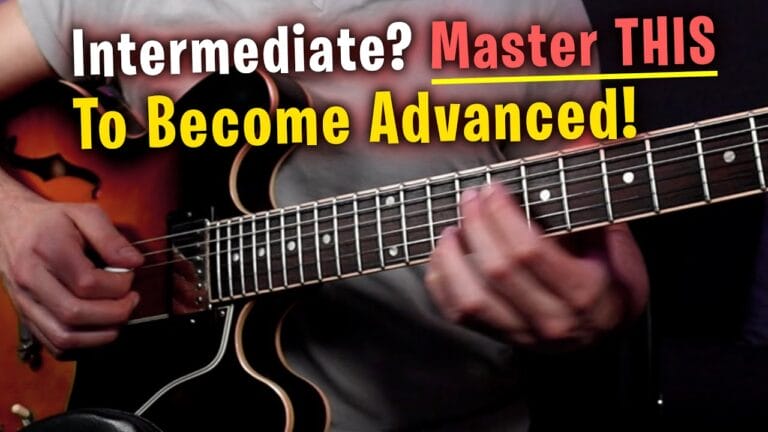10 Important Levels of Major Scale Soloing on Guitar
If you’re a guitarist looking to take your playing to the next level, the major scale is an essential tool to have in your musical toolbox. In this post, we’ll explore some key concepts and techniques for Major scale soloing, and offer tips on how to get the most out of this versatile scale.
First, let’s start with the basics. The major scale is a seven-note scale that provides the foundation for much of Western music. It consists of the following intervals: whole, whole, half, whole, whole, whole, half. In the key of E, for example, the major scale would consist of the notes E, F#, G#, A, B, C#, and D#.

One of the key things to practice when we focus on major scale soloing is playing it in different tonalities and on different strings. This will help you become more familiar with the scale and develop your finger dexterity. You can also try playing the scale in sequence, or starting on different degrees of the scale (such as the third or the fifth).
Another important concept to explore when improvising with the major scale is the diatonic chords and arpeggios within the scale. These are the chords that naturally occur within the scale, and they provide a rich harmonic foundation for your solos. For example, in the key of E, the diatonic chords would be E, F# minor, G# minor, A, B, C# minor, and D# diminished. Practice playing these chords as arpeggios (breaking the chord down into individual notes played in sequence) to get a feel for the harmonic structure of the major scale.
As you become more comfortable with major scale soloing, you can start to experiment with chromatic approaches and movements. These are notes that fall between the chord tones, and they can create tension and interest in your solos. For example, you might try using chromatic approaches to approach the root, third, or fifth of a chord. You can also try using chromatic movements to move between different degrees of the scale.
In addition to working with the diatonic chords and arpeggios within the major scale, don’t be afraid to try out different rhythms and time signatures. Odd time signatures and rhythmic contrasts can add interest and keep your solos fresh. Double stops and triplets are also great techniques to add depth and interest to your playing. Experiment with incorporating these techniques into your solos



















